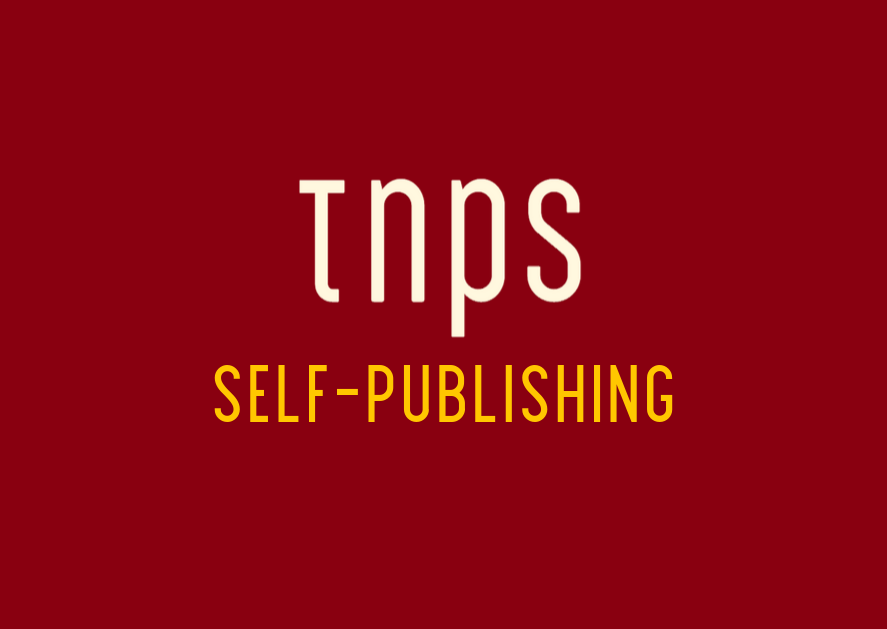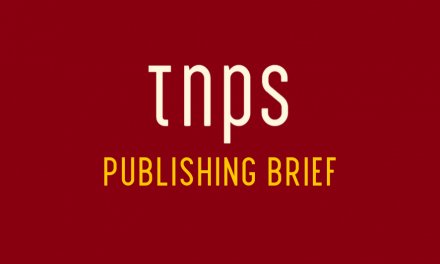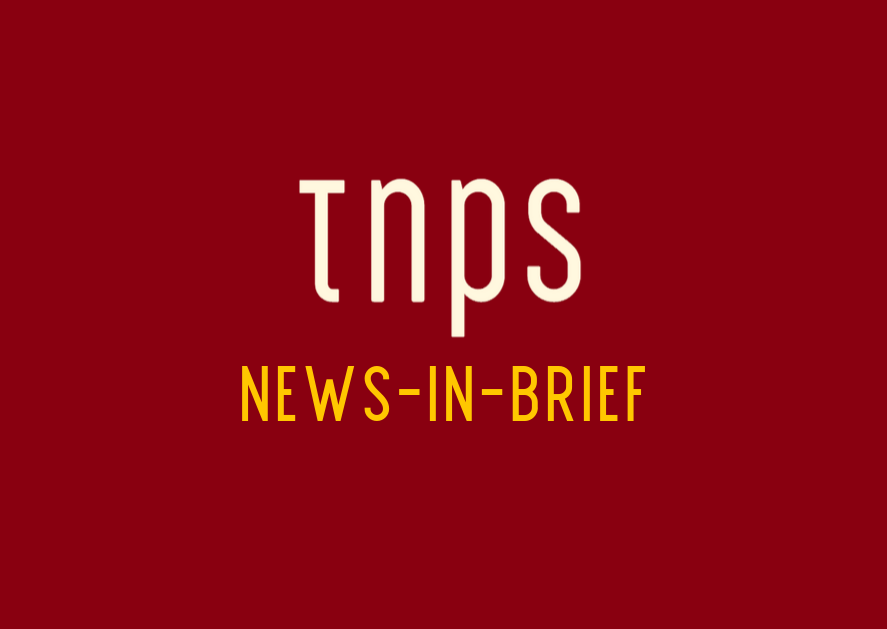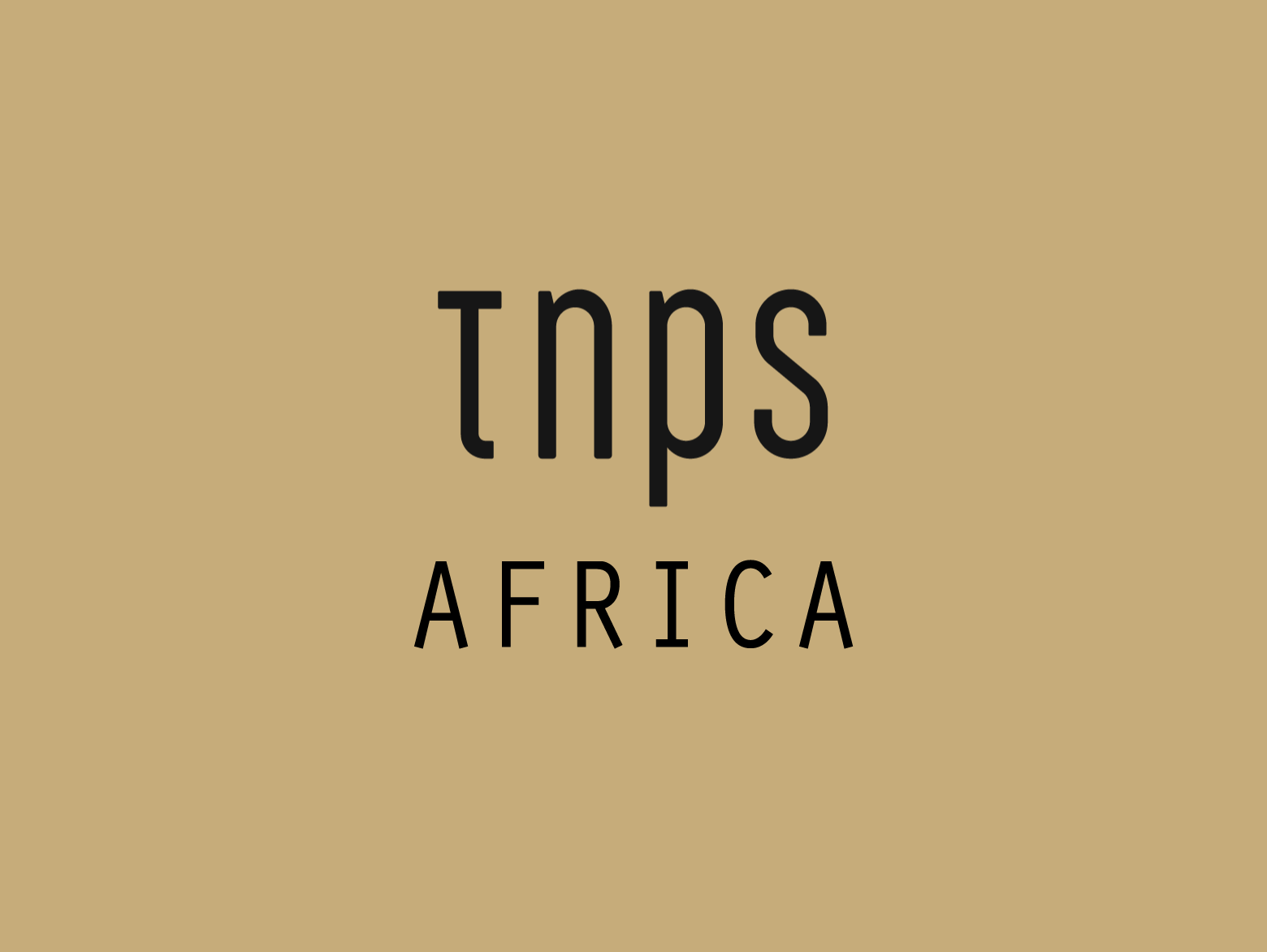Amazon is also a major customer – and many of those books in the Amazon packaging are coming to you straight from Gardners.
That will be news to many indie authors reading this, as will the news that Gardners handles ebooks.
At which point just to say this post is targetted more at the indie author sector than those in mainstream publishing, with the intent to open up the debate, about the merits of exclusivity with Amazon vs. “going wide.”
Going wide? That’s the term used in the ebook self-publishing community to differentiate between signing up with Amazon’s KDP Select and having the ebook exclusive with Amazon but available in the Kindle Unlimited ebook subscription service, or having the book just for regular sale on Amazon but also for sale in numerous other outlets and digital library services around the world.
For those unfamiliar, Amazon does not, yet, offer an exclusive deal for print, only for ebooks. The deal, called KDP Select, rewards exclusivity with a couple of promotional tools and the chance to earn from the “KU Pot” on a per page read basis.
So, first to say going wide does not mean being with Amazon and then opting into your one preferred aggregator and calling it a day.
Yes, you’ll have better reach than being in Select, but if you want to reap the full benefits of being wide then you have to take going wide seriously.
My chart-chasing days are over and I get more satisfaction exploring the global markets for TNPS than writing my next bestseller (for now – never say never!), but back in 2011 I was the biggest-selling indie author in the UK, and that happened because from day one I was wide.
Not that there was the Select option back then, but while other indies jumped into Amazon but couldn’t be bothered with all those waste-of-time smaller outlets, I took a different view.
That if I wanted to reach readers I had to be where the readers hung out.
Going wide? That’s the term used in the ebook self-publishing community to differentiate between signing up with Amazon’s KDP Select and having the ebook exclusive with Amazon but available in the Kindle Unlimited ebook subscription service, or having the book just for regular sale on Amazon but also for sale in numerous other outlets and digital library services around the world.
For those unfamiliar, Amazon does not, yet, offer an exclusive deal for print, only for ebooks. The deal, called KDP Select, rewards exclusivity with a couple of promotional tools and the chance to earn from the “KU Pot” on a per page read basis.
So, first to say going wide does not mean being with Amazon and then opting into your one preferred aggregator and calling it a day.
Yes, you’ll have better reach than being in Select, but if you want to reap the full benefits of being wide then you have to take going wide seriously.
My chart-chasing days are over and I get more satisfaction exploring the global markets for TNPS than writing my next bestseller (for now – never say never!), but back in 2011 I was the biggest-selling indie author in the UK, and that happened because from day one I was wide.
Not that there was the Select option back then, but while other indies jumped into Amazon but couldn’t be bothered with all those waste-of-time smaller outlets, I took a different view.
That if I wanted to reach readers I had to be where the readers hung out.
Just because I had a Kindle ereader and therefore had to buy from Amazon did not mean everyone else did.
Yes, it was a lot more effort than just loading up to KDP, but here’s the thing. Before ebooks came along I bought my print books from anywhere and everywhere. And so did everyone else I knew.
While ebooks, in these pre-tablet days, were often device specific, it was still the case that some people shopped in the Kindle store, some at Kobo or its UK arm WH Smith, others at Waterstone’s (it had an ebook store back then, and an apostrophe!), others at Apple, others still at…
And of course that’s still the case today, which means unless you have a sweetheart deal with Amazon and are getting special benefits, being exclusive simply doesn’t make sense long-term, no matter what short-term boosts you may see.
If you are wide and not seeing any benefits it’s likely to be because you haven’t given it time, because you are still spending all day promoting your Amazon links and ignoring the other outlets, or because your wide is actually rather narrow.
Take Gardners. How many of us have even heard of Gardners?
In fact Gardners was instrumental in my becoming the biggest selling indie ebook author in the UK in 2011, and having the eleventh bestselling ebook in the country, against the biggest names out there.
No paid ads back then, no Bookbub (in the UK, at least) and no real promotion at all. But still it went viral.
But here’s what happened. The book soared up the Kindle charts. Kindle readers told their friends who only shopped at Kobo or Apple. They bought the book from their preferred retail outlet or borrowed it from the library (yes, even back then in 2011 some of us were with OverDrive). Had the book been exclusive with Amazon they could never have bought or read that ebook.
Same thing today. Going exclusive with Amazon shuts out and alienates the substantial minority of readers that buy their books and ebooks elsewhere.
Which brings me back to Gardners.
Back in 2011 Gardners supplied the (since vanished) Tesco ebook store and the (since vanished) Waterstone’s ebook store, for example.
And those sales, while not at Amazon’s level, soon mounted up, along with the sales from Nook, Apple and a host of other outlets (many now gone, many still with us today) and collectively gave me that coveted title as the UK’s bestselling indie ebook author that year.
Today Gardners supplies, for example, the key South African store Takealot, and a whole host of other outlets you may never have heard of but that readers have and that readers prefer to shop at.
But there’s more. Especially for print.
From the ALLi Post,
Gardners wants to be seen as the one-stop shop for trade publishing, POD and digital – including libraries.
That’s worth dwelling on. Here’s why:
As indie authors, no matter now professional we are ourselves, we will be, in the eyes of many, lumped into the same group as the NaNoWriMo first-draft publishers and the scammers and the all too many authors who don’t even know what an editor is, let alone have paid for one’s services.
And we all know that because of this we face difficulties getting in to some outlets, not because of any ingrained anti-indie snobbery but simply because those in charge of acquisitions do not want to have to guess whether a book is of acceptable quality or not.
When a book is on offer through Gardners those in charge of acquisitions can be reasonably confident the books they will receive will be of a professional standard, because Gardners has curation gates in place to make sure only quality content gets through.
Yes, gatekeepers. And before we all decry gatekeepers and cream how Amazon set us free, just remember one of the biggest gatekeepers in the business is APub.
The ALLi report is print focussed, but a must-read for anyone indie author with print books and wanting bookstore reach, especially when it comes to discounts and returns settings at Ingram.
A pertinent reminder not just of the benefits of taking wide seriously, but also of the benefits of signing up to ALLi for the free services and advice to self-publishers, even if you can’t afford full membership of ALLi.





